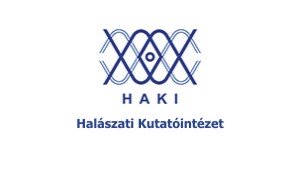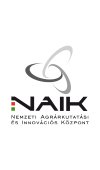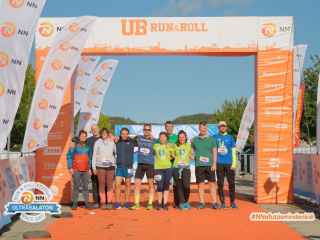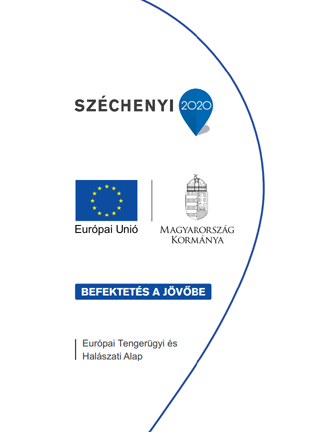INTENSIVE REARING OF EURASIAN PERCH (PERCA FLUVIATILIS)
Svetlana Lengyel and András Rónyai
Research Institute for Fisheries, Aquaculture and Irrigation, Szarvas
Abstract
The permanently increasing demand for aquaculture production of Eurasian perch (Perca fluvialis L.) has a number of obstacles connected mostly with the low quality and heterogeneity of larvae. Nevertheless, recent research allow the intensifying production of this species at all life stages.
Perch breeders were reared extensively in ponds as an additional carnivorous species in polyculture. In March they were transported to the hatchery, where artificial propagation with hormonal stimulation was carried out. Water temperature was maintained at the level of 17.5-19.2°C. After spawning egg ribbons were harvested and hatched in 8 L Zuger-jars without desticking. First larvae hatched out 5 days after the inducing of spawning. They were free flowed to two plastic tanks supplied with aerated recirculated water with average temperature 19.8-20.8°C. Larvae were fed with Artemia salina nauplii every 8 hours, as a complementary food rotifers and egg yolks were given. At this period, due to conversion to an active feeding and fragility of larvae, a high level (about 80%) of mortality was observed.
At the age of 21 days larvae were divided into six groups for stocking in round tanks with flowing water. They were trained to accept dry pellets. 35-days-old larvae were entirely shifted to artificial feeding with Perla scretting larvae feed with 62% protein content. From this stage the survival rate was more than 82%.
During the warm season water temperature in the tanks fluctuated from 19.2°C to 22.3°C. Sorting was made every two month according to dimensional and weighting indices. Growth rate was determined once in two weeks on the basis of individual weight of 30 fish from each size group. Optimal daily ration was evaluated according the literature data and corrected daily subject to eating. Special growth ratio (SGR), temperature growth coefficient (TGC) and food conversion ratio (FCR) were also determined.
In autumn all the fish were shifted for a feed with 47% protein content. Winter rearing was carried out in the same tanks with 17.0-18.8°C recirculated water.
As over the rearing period a relatively high water temperature was maintained, itcaused a high growth ratio. As a result yearlings of Eurasian perch reached marketable weight of 60 g that indicates the wide opportunities of this species in aquaculture.
Programajánló
Hírek
Tisztelt Látogatók!
A hazai agrár-felsőoktatás szükséges megújulásának mérföldköve az alapítványi fenntartású Magyar Agrár- és Élettudományi Egyetem (MATE) létrejötte, amely 2021. február 1-től 5 campuson, több mint 13 ezer hallgató számára fogja össze a dunántúli és közép-magyarországi élettudományi és kapcsolódó képzéseket. Az intézményhez csatlakozik a Nemzeti Agrárkutatási és Innovációs Központ (NAIK) 11 kutatóintézete is, így az új intézmény nem csupán egy oktatási intézmény lesz, hanem az ágazat szellemi, szakpolitikai és innovációs központjává válik, amely nagyobb mozgásteret biztosít a képzések, a gazdálkodás és szervezet modernizálásához, fejlesztéséhez. Az összeolvadással magasabb fokozatra kapcsolunk, a kutatói és egyetemi szféra szorosabban fonódik majd össze, aminek következtében még több érdekes, izgalmas kutatás-fejlesztés születhet majd az agrárium területén.
Kérjük, kövesse tevékenységünket a jövőben is a www.uni-mate.hu honlapon!
A szokásostól eltérően az idei évben ősszel, október 03-04 között került megrendezésre az Ultrabalaton csapatversenye. NAIK-os csapat az idei évben állt először rajthoz a 14. alkalommal kiírt versenyen.



